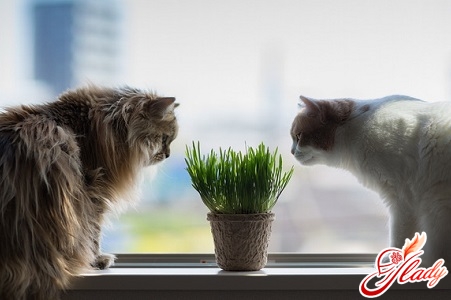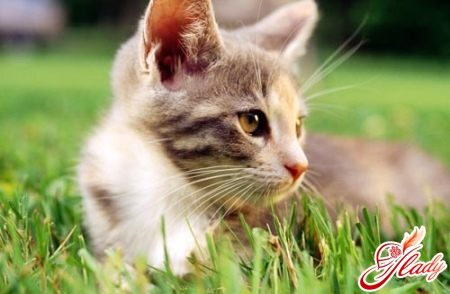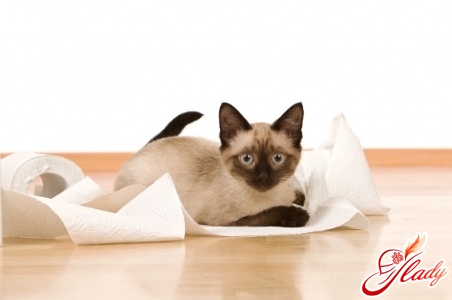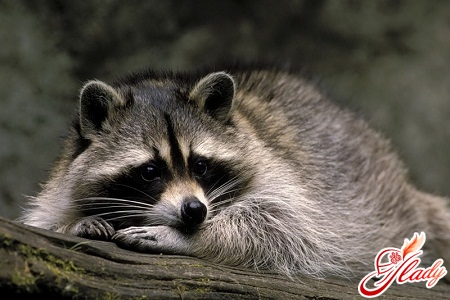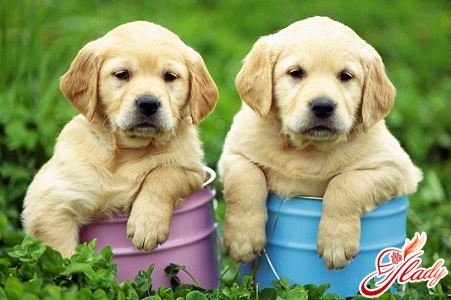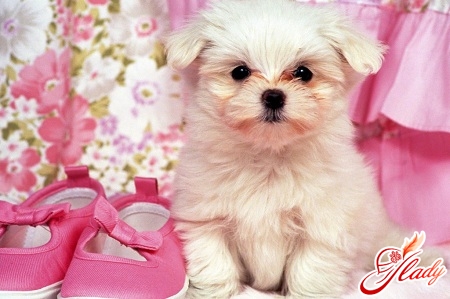 The Bolognese is one of the few dog breedsknown to almost everyone. Until recently, when there was not much variety of breeds in our country, any small white dog with fluffy fur was called a lapdog. Today we suddenly found out that lapdogs come in different varieties, and one of the most popular is the French lapdog. But what is noteworthy is that the lapdog is called a Bolognese, which is actually not French at all, but Italian. This breed is also known under the names Bolognese Bichon and simply Bolognese. Not only puppies of Bolognese dogs are charming and playful, but also adult individuals. They are very affectionate, cheerful and obedient. In addition, Bologneses are calm, not irritable, which is generally rare for small breeds. And the sociability of these dogs and their sincere desire not to upset the owner make them simply ideal companions. Let's find out more about this fashionable dog breed.
The Bolognese is one of the few dog breedsknown to almost everyone. Until recently, when there was not much variety of breeds in our country, any small white dog with fluffy fur was called a lapdog. Today we suddenly found out that lapdogs come in different varieties, and one of the most popular is the French lapdog. But what is noteworthy is that the lapdog is called a Bolognese, which is actually not French at all, but Italian. This breed is also known under the names Bolognese Bichon and simply Bolognese. Not only puppies of Bolognese dogs are charming and playful, but also adult individuals. They are very affectionate, cheerful and obedient. In addition, Bologneses are calm, not irritable, which is generally rare for small breeds. And the sociability of these dogs and their sincere desire not to upset the owner make them simply ideal companions. Let's find out more about this fashionable dog breed.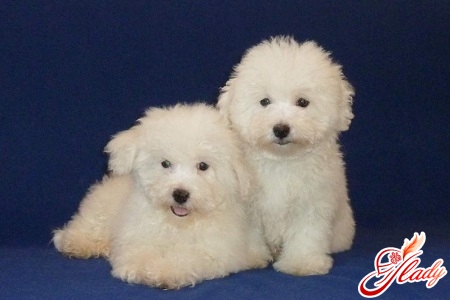
History of the breed
This breed of dog originates in the NorthItaly, where Bolognese were kept as rat-catching dogs in ports and on sea vessels. However, the beauty of these dogs played a good joke on them. The appearance of the little white rat-catchers was appreciated by noble ladies, after which the Bolognese successfully moved from dirty ports to the boudoirs of rich Italian women. Apparently, Bolognese were not the only inhabitants of noble houses, because soon the appearance of the ladies' favorites changed: their fur became curly. And the reason for this transformation, as cynologists believe, was the poodles. Be that as it may, but the Bolognese owe their modern appearance to Italian lapdogs and poodles. And close relatives of the Italian lapdogs are also the Havanese and French Bichon. By the way, they began to be called Bolognese dogs already in Germany as a reminder that this breed was brought from Bologna. By the way, Bolognese dogs appeared in Russia already in the eighteenth century, and the first owners of these dogs were the ladies of the court of Catherine the Great. And these smart and incredibly cute dogs lived in the personal chambers of the empress. And even earlier than the Russian autocrat (in the sixteenth century), the King of Spain Philip II appreciated the Bolognese dogs. Having received them as a gift, Philip called the lapdogs a gift worthy of an emperor. In general, Bolognese dogs “registered” in royal palaces for a long time, and were even captured on the canvases of court painters. And how Italian lapdogs looked before can be seen in the paintings of Pieter Bruegel, Titian and Goya.
Breed Standard
Dogs of this breed are sometimes confused with Malteselapdogs, which is not surprising, since these breeds have common ancestors. And yet, these are completely different dogs, distinguished by their exterior and breed standard. The Bolognese has a round head with a flat skull and a sharp transition from the forehead to the muzzle, the front part of which is almost square. The nose has a straight bridge and a large black lobe. The eyes of these dogs are also large and round, a very interesting color: dark ocher, with a black rim. High-set and long ears hang on cartilage. The body of the Bolognese is square with a wide chest and a dry (without dewlap) neck. The back is straight, and the croup (loin) is very wide and sloping. Relatively short legs are set parallel, pasterns are oval, pads and claws are black. The tail is curved in a ring and thrown over the back. The Bolognese dog is covered with long (slightly shorter on the muzzle) hair with a slight curl. The hair is soft and fluffy to the touch, but without undercoat. The color of the coat is only white, without any markings or spots. In general, this is a small, stocky and compact dog, the height at the withers of which is no more than thirty centimeters for boys and twenty-eight for girls. And the weight of the Bolognese should not exceed four kilograms.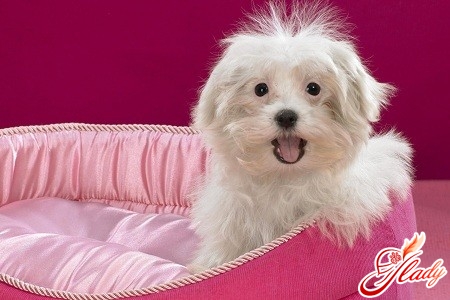
Character
This is a very peaceful dog:Bolognese gets along well with any other pets. It is very active and playful, but fortunately for its owners, it is active only outside, where it loves to run and frolic. But at home, these dogs are surprisingly calm and quiet. This characteristic makes them desirable pets in families with small children, to whom Bolognese are friendly. By the way, these dogs are generally friendly and sociable, although they need to be introduced to people and accustomed to the street and loud sounds from puppyhood. Puppies raised in isolation, as they mature, become timid and fearful dogs. They also need to be educated from early childhood. In no case should you pamper or humanize these dogs (although the Bolognese's appearance is conducive to this). Spoiled puppies do not want to, and cannot, be left alone, starting to yelp and whine pitifully. In addition, indulging whims will lead to the fact that you will grow a small and disobedient tyrant. However, everything is not so bad. Bolognese puppies (however, like adult dogs) are easy to train, they are understanding and with proper upbringing do not cause any problems to their owners. Like any small dog, a Bolognese can be trained to relieve itself in a litter box, which does not relieve the owners of the need for daily walks. Walks contribute to the dog's good physical shape, its good health and, importantly, mental development.
Care and maintenance
This breed of dog is definitely domestic:She does not need a large "living space" and feels great in urban conditions. Despite the "rich" wool that covers the Bolognese, caring for it is not burdensome. The Bolognese's wool does not shed, but for a neat appearance it needs to be combed, otherwise it gets tangled. This dog also needs periodic bathing (no more than once a month) and grooming. Italian lapdogs are not picky about food and do not need a special diet. They also do not have any special health problems, with the exception of possible eye diseases and allergies. Bologneses live on average twelve to fourteen years, and with good maintenance and heredity, up to eighteen. In short, the Bolognese dog is an excellent option for those who want to have a miniature dog with an impressive appearance and a good character. And if you are determined to buy this baby, then you will definitely not regret the purchase. A small fluffy dog will fill your home with joy and your life with meaning. We recommend reading:




